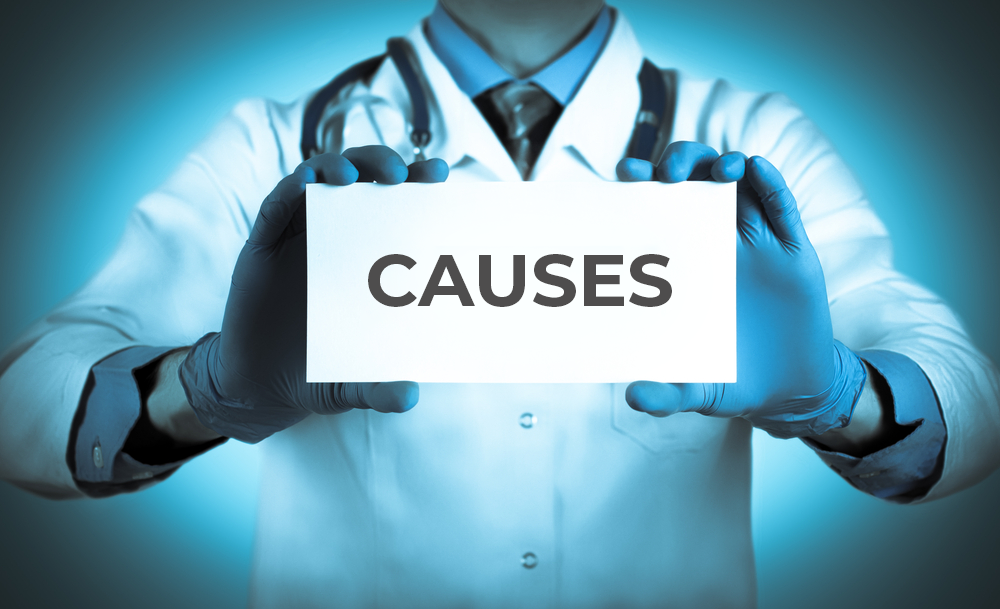The normal recycling process in your bones happens by new bone tissues replacing the old ones. But in Paget’s disease, this process gets hampered. Therefore, the affected bones of Paget’s disease beco..
The normal recycling process in your bones happens by new bone tissues replacing the old ones. But in Paget’s disease, this process gets hampered. Therefore, the affected bones of Paget’s disease become fragile and misshapen. Usually, Paget’s disease occurs in the legs, pelvis, skull and spine. The complications that arise from Paget’s disease might include breaking of bones, hearing impairment and pinching of nerves in the spinal cord. The risk of getting Paget’s disease increases with increase in age. Moreover, you are at risk if your family members have been diagnosed with the disease. In the initial phases of Paget’s diseases, medication to strengthen weakened bones, called bisphosphonates may be administered. In extremely complicated cases, surgical intervention may be required. Usually, Paget’s disease of the bone has a slow progressing nature and if diagnosed early, can be treated very effectively.

Usually, people with Paget’s disease do not experience any symptoms except for bone pain. The disease causes faster generation of new bone tissues. Therefore, the rapid remodeling of bones leads to the formation of soft and weak bones. This can result in bone pain, deformities and fractures. The disease might affect either one or two or many areas of your body. Therefore, the symptoms of the disease are dependent on the area affected in your body:
- Skull – If the overgrowth of bone tissues is in the brain, it could result in headaches and hearing impairment.
- Spine – If your spine is the affected area, the nerve roots could get compressed. The symptoms could therefore be numbness in arms or legs, tingling sensation and pain.
- Legs – Because the weak bones tend to bow, the symptom is being bow-legged. Because of the extra pressure on the joints in the vicinity, osteoarthritis may also be observed, in your knees and hip.
- Pelvis – If you have Paget’s disease in the pelvic area, it could cause pain in the hips

Although the causes of Paget’s disease are unknown, there could be some factors that increase the probability of you getting it:
- Viral infection of bone cells
- Genetic factors
- Environmental factors
- For those older than forty
- Men are more likely to develop Paget’s disease of bone
- Paget’s disease has been found to be more prevalent in European countries like England, Scotland, Greece and Central Europe, etc. It is quite rare in those of Asian origin.

You may be at risk of Paget's disease if you are:
- A man older than 40
- Of European origin
- From a family that has a history of the Padget's disease

To reduce the complications associated with Paget's disease:
- Prevent falls to reduce the chances of bone fractures
- Use a cane or walker for additional support, if need be
- Include calcium based food into your diet
- Increase the strength of your bones by regular but moderate exercises
Our superspecialist doctors provide the highest quality of care through a team-based, doctor-led model. Trained at some of the world's most renowned institutions, our highly experienced doctors are distinguished experts in their respective specialities. Our doctors work full-time and exclusively across Medanta hospitals. In addition to offering superspecialised care in their own field, the Medanta organisational structure enables every doctor to help create a culture of collaboration and multispecialty care integration.
Our superspecialist doctors provide the highest quality of care through a team-based, doctor-led model. Trained at some of the world's most renowned i..... Continue Reading


